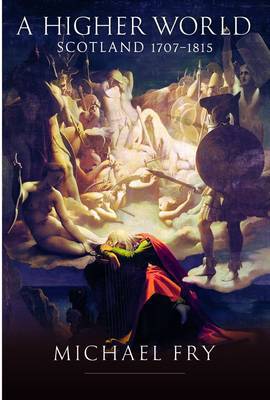Published by Birlinn
A year after publication of his history of 19th century Scotland, A New Race of Men, Fry has moved backwards in time to produce this account of the previous century.
The starting point is of course the Act of Union of 1707, yet Fry’s argument – as in his earlier book – is that union positively enabled Scotland and its three great institutions of church, law and education to become if anything more distinctive from its huge southern neighbour.
He devotes half a chapter for instance to describing how Scots law, as it was codified for the first time in the 18th century, became less and less like the English system.
As one of a rare breed of pro-independence Scottish Tories, he never misses an opportunity to diminish the arguments of “post-Marxist” historians while praising the same enlightened improvers as in his previous book: Clearance landowners and notably the Dukes of Argyll; the Dundas dynasty who effectively ruled Scotland from London in their role as lord advocates, etc.
What of that other great and recurring feature of 18th-century Scotland, the Jacobite risings?
Fry wastes little time – and only seven pages on the ’45 for instance – in depicting these as farcical forays featuring ramshackle armies, to which purpose his flair for finding amusing anecdotes comes in very useful.
An elegant writer and skilled storyteller, he just about manages to marshal his arguments across 400 pages to create a case for a Scotland whose nationhood remained unimpaired even as it benefited from being part of the larger Union.

